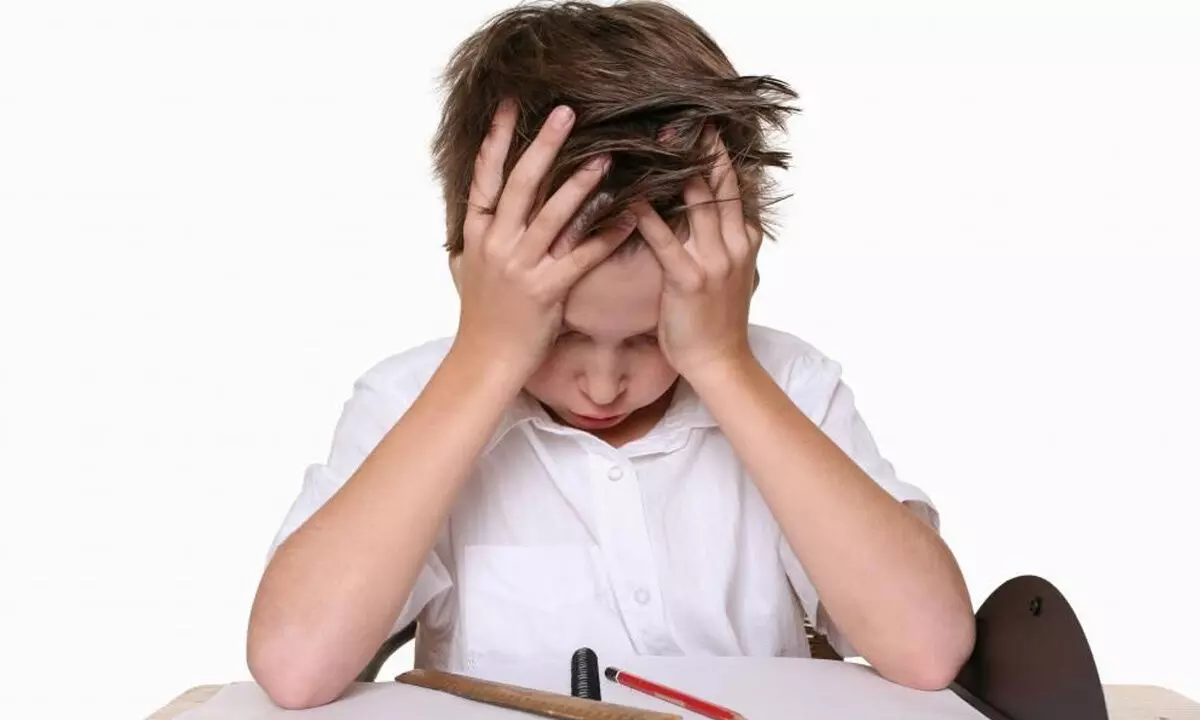Study finds why kids with ADHD suffer language problems

Abnormality in a brain structure linked with movement may be causing the developmental language disorder seen among children with attention-deficit/hyperactivity disorder (ADHD) and dyslexia, according to a new study.
New Delhi: Abnormality in a brain structure linked with movement may be causing the developmental language disorder seen among children with attention-deficit/hyperactivity disorder (ADHD) and dyslexia, according to a new study.
The abnormalities occur specifically in the anterior neostriatum within the basal ganglia, a structure found deep in the brain, said neuroscientists at the Georgetown University Medical Center.
Their findings, based on an analysis of 22 articles, published in the journal Nature Human Behaviour, can help boost both the diagnosis and treatment of the developmental language difficulties seen in these children.
Using a new computational method the team determined that “the anterior neostriatum was abnormal in 100 per cent of the studies that examined the structure, with fewer abnormalities in all other parts of the brain”.
“We hope that by identifying the neural bases of developmental language difficulties, we may help increase awareness of a major, but also rather unrecognised, disorder,” said lead author Michael T. Ullman, Professor of neuroscience and director of the Brain and Language Laboratory at Georgetown.
“We caution, however, that further research is necessary to understand exactly how the anterior neostriatum might lead to language difficulties.”
Ullman said that drugs that can improve movement impairments due to basal ganglia dysfunction, such as those that act on dopamine receptors, may aid in treatment. He further noted basal ganglia abnormalities may also serve as early biomarkers potentially leading to early therapy.
“Continuing research efforts to further understand the neurobiology of developmental language disorder, especially the role of the basal ganglia, could help the many children who are affected by these problems,” Ullman said.














